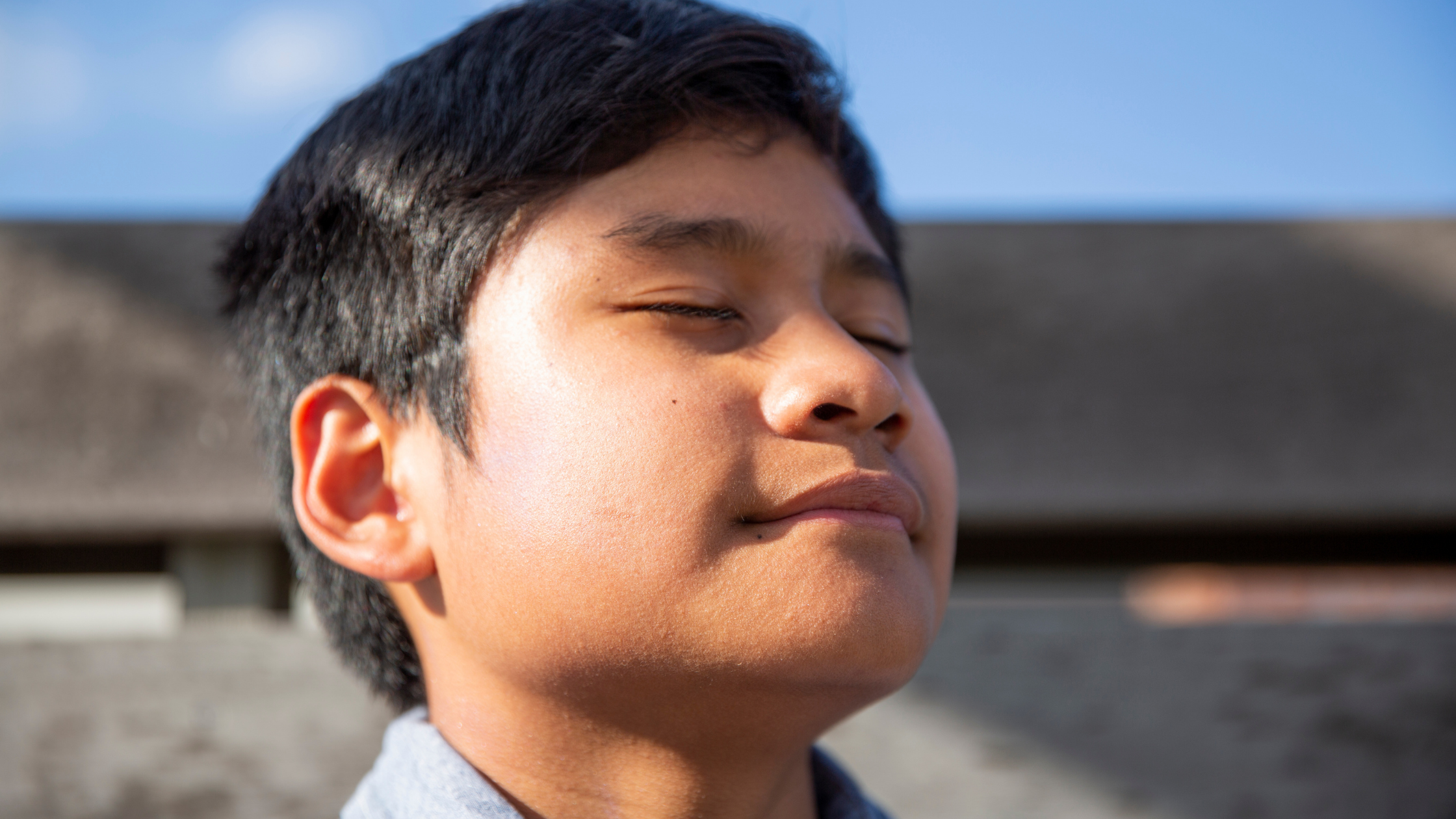
We all suffer from stress from time to time, each having our own relationship to stress. And everyone processes stress differently. How our stress responses get hardwired into our systems during childhood can affect how we deal with stress as adults. We typically think of stress as something negative, but not all stress responses are inherently harmful. There are three stress responses found in children: positive, tolerable, and toxic.
Positive Stress Response
A positive stress response is a brief and mild mental state. A positive stress response is something we all experience, such as nervousness before a presentation or anxiety about the first day of school. Caring and responsive adults are central in helping a child cope with the stressor. Mentors, teachers, and caregivers can provide a protective effect that allows children to manage effectively.
Tolerable Stress Response
A tolerable stress response involves exposure to a non-normative experience that presents more significant adversity or threat. These stressors may include a family member’s death, a severe illness or injury, or a natural disaster. The effects of a tolerable stress response can lead to long-term consequences to health, learning, and mental health. A supportive and protective relationship with a trusted adult helps reduce the adverse outcomes associated with a tolerable stress response.
Toxic Stress Response
A toxic stress response results from intense, frequent, or prolonged activation of the body’s stress response system. The toxic stress response is the most far-reaching, long-lasting, and dangerous. These stressors include parents or guardians struggling with substance abuse, mental health struggles, and absence due to incarceration or divorce. The buffering protection of a supportive adult relationship lessens the long-term effects associated with toxic stress responses.
How to Reduce Stress
You can brainstorm ideas together to children find positive ways to channel their energy. Below are some stress and anxiety-reducing strategies you can teach your mentee, or Little, that may be helpful:
- Try 4-7-8 breathing. Breathe in for 4 seconds, hold for 7 seconds, breathe out for 8 seconds.
- Try journaling about feelings. Make sure that your Little knows they don’t need to share the things they write down and that getting their feelings out is the therapeutic part. Suggest that in the first 5 minutes of your visit, you write down some things that have been on your mind. Set a timer and put on some calming music.
- Do something creative. Color a picture, draw or paint something, write songs or poetry, play with clay or play-dough.
- Work on a hobby together. Cook or bake something. Put together a model, do a craft, or make something out of Legos. Knit something. Make something out of paper, like paper airplanes or origami.
- Do something active. Take a walk outside, and make it fun by incorporating a scavenger hunt. Shoot some hoops. Try some stretching or yoga. Dance. Play catch. Jump rope. Just get moving!
- Try meditating. There are lots of free or low-cost apps and websites that help walk you through the process. Get started with this Finding Positivity meditation from Headspace for “Young Kids” and “Big Kids”.
How to Empower Children When They Struggle with Stress
A caring adult’s presence is related to numerous positive outcomes for young people, including greater resilience and lower stress. The caring and consistent relationship you build with your Little is a vital protective factor that will help them develop self-esteem throughout their life. There are numerous ways you can support your Little if they are experiencing stress:
- Listen and empathize – practice listening when your Little vents to you about a problem.
- Provide choices.
- Validate your Little’s feelings.
- Ask your Little open-ended questions; prompt with questions, “What do you think would happen if you tried ___?”
- You can also ask, “What do you need from me?”
- Model the attitude you want to see – your Little will watch how you handle challenges.
- Use phrases like, “This is hard. I need a break”, or “This is hard, I’m going to keep trying.”
- Ask your Little to help you brainstorm solutions.
- Avoid expressing negative opinions of yourself or making comments like, “I can’t do this.”
- Focus on the positive. Was a lesson learned? Did you improve? Did you overcome the struggle – and how great did it feel?
- Build up confidence with age-appropriate tasks – boost your Little’s feelings of confidence and capability by allowing them to do age-appropriate tasks.
- Choose an activity for an outing together between a couple of choices.
- Prepare foods for a planned meal.
- Order for themselves at a restaurant (within approved budget).
- Pump gas before an outing (with oversight & help as needed).
- Remind them of past struggles and accomplishments – remind your Little of tasks that were once difficult and became easier with time.
- What are your Little’s strengths?
- How did they grow these strengths?
- Teach problem-solving skills – teach a simple process like the following:
- What am I feeling?
- What’s the problem?
- What are the solutions?
- What would happen if …?
- What will I try?
- Know when to lend a hand – step in when:
- There is a safety concern.
- When a task is not developmentally appropriate.
- The skills need to be learned before your Little can succeed.
- Your Little has tried multiple strategies and persevered but is still struggling. In this case, offer guidance and help. Then, discuss what your Little learned and praise the effort and progress.
Helping a young person struggle with stress can be a learning experience. Ultimately, the presence of an adult mentor helps act as a protective factor against stress, leading to greater resilience and self-esteem. Do you want to help a child in our community reach their fullest potential? Becoming a volunteer Big means you’ll be a positive, supportive mentor for a child in our community. View our Big Orientation & Training schedule to attend a virtual orientation and get started as a mentor today!
Below are some articles and videos that you can watch with your Little, or forward to them to check out on their own, as these may open up a meaningful dialogue with your Little. Many of the videos are by young people, so your Little may connect more.
Additional Resources
Talking to Your Child or Teen about Anxiety
7 Ways to Help Teens Cope with Stress
Tips on Getting Ready Mentally and Physically for a New School Year
Meet Yourself: A User’s Guide to Building Self-Esteem – Niko Everett
Overcoming Anxiety — Jonas Kolker
Stress Management Strategies: Ways to Unwind
Teen Stress (Causes, Effects, Tips)






